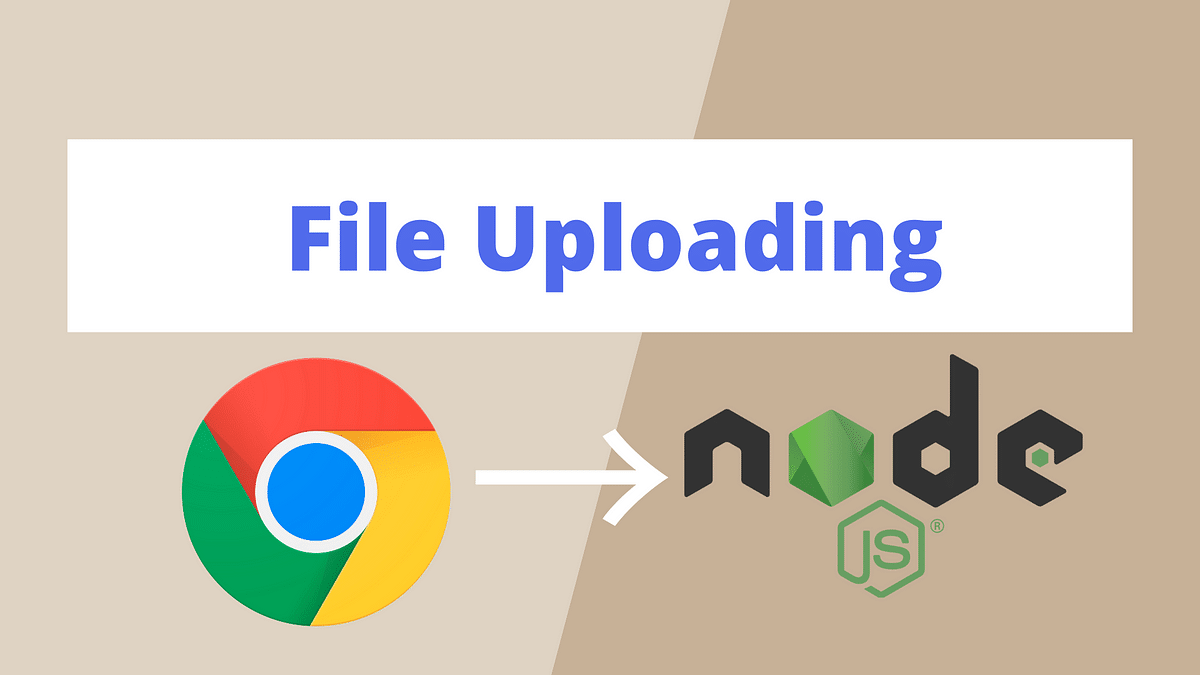Table of Contents
Modern business applications often incorporate file upload functionalities. The process of uploading files, especially in web applications, is enhanced by using JavaScript. Not only does JavaScript simplify the integration of file uploading, but it also ensures a rapid and seamless file transmission. However, when it comes to picking the perfect JavaScript file upload library, several considerations come into play. Let us show you these considerations so that you can make your choices confidently.
Key Features to Seek in a JavaScript File Upload Library
Selecting a suitable file upload library demands more than just a surface-level assessment. Delving deep into the features it offers can make all the difference. Here are the crucial features to prioritize:
- Drag-and-Drop Capability: Empower users with the ability to effortlessly drag files from their desktop and drop them into the upload area. This makes simple for users who don’t know how to upload files with JavaScript.
- Batch File Uploads: Allow the simultaneous uploading of multiple files, enhancing user efficiency.
- Preview Ability: Offer users an option to review files, ensuring they upload the correct documents.
- Adaptable User Interface (UI): Ensure that the file uploader’s appearance aligns with the branding of your application, delivering a consistent experience.
- Interrupted Upload Recovery: Ensure that if uploads get halted due to unforeseen issues, they can be resumed without starting afresh.
- Cloud Storage Integration: Streamline the uploading process by connecting directly to cloud solutions, such as Amazon S3 or Microsoft Azure.
Check Advantages and Limitations
Every tool comes with its unique strengths and potential challenges. Understanding these can guide you to a more fitting choice. Here’s a rundown:
Pros:
- Simplicity in Integration: The ease of embedding JavaScript file upload solutions into applications is a notable advantage.
- Swift File Transmission: Users benefit from a fluid and fast file upload process.
- Personalizable UI: Tailor the uploader’s aesthetics to mirror your application’s design.
- Cloud Storage Connectivity: Direct links to renowned cloud platforms can be a valuable asset.
Cons:
- Browser Compatibility: Some libraries might not be universally compatible across various browsers.
- Security Implications: Handling file uploads necessitates stringent security protocols to avoid vulnerabilities.
- Potential Performance Glitches: Some libraries might underperform if not set up accurately.
Best Practices for Optimal Outcomes
Ensuring the security and efficiency of your application requires more than just selecting the right library. You should also be familiar with building a JavaScript file uploader and following to best practices can further elevate the user experience:
- Vigilant User Input Validation: To safeguard against threats like SQL injection and XSS, always validate user input.
- Prioritize HTTPS Usage: Maintain a secure upload process by leveraging HTTPS protocols.
- Establish File Restrictions: Define permissible file types and sizes to deter potential security and performance pitfalls.
- Cleanse File Names: Prevent threats like directory traversal by sanitizing uploaded file names.
- Server-Side Validation: Complement client-side checks with server-side validations for enhanced security and file consistency.
Practical Applications of JavaScript File Upload Libraries
Various sectors employ JavaScript file upload libraries to facilitate their operations, such as:
- Social Networking Sites: Social media platforms like Facebook and Twitter rely on these libraries for media uploads.
- E-commerce Platforms: Sites like Amazon and eBay harness these tools for product image uploads.
- Cloud Service Providers: Solutions like Amazon S3 and Microsoft Azure empower users to directly upload to their storage accounts.
Conclusion
The journey to selecting the perfect JavaScript file upload library for your application is paved with numerous considerations. By assessing essential features, weighing pros and cons, and adhering to industry best practices, you can ensure a smooth and secure file upload experience for your users. Remember, the right library can significantly influence the success and user satisfaction of your web application.
